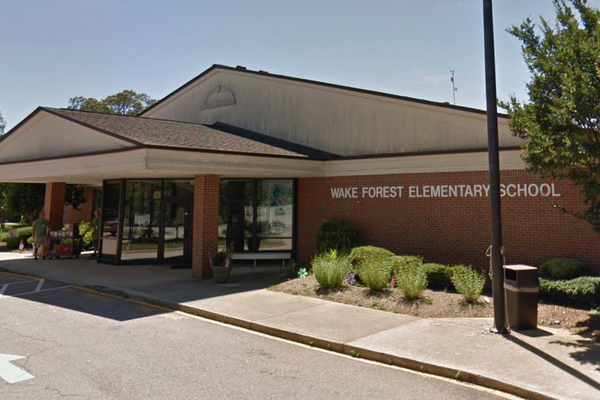Technology is everywhere. Phones, laptops, smartwatches—they’re not just devices, they’re companions. Families eat together, but sometimes everyone’s eyes are on glowing screens. Friends who live miles apart talk every single day thanks to social media. But others who live in the same city may not meet for weeks, even months. The story of social bonds in the digital age is complicated, filled with contradictions and surprises. Technology both builds bridges and sometimes raises walls.

The Bright Side: Connections Across Distance
For many families, technology acts like glue. A grandparent in another country can read bedtime stories through video calls. Cousins share pictures, updates, and silly memes on group chats. Friendships that might have faded after school now continue through instant messages and online gaming.
According to a 2023 Pew Research Center report, nearly 79% of adults said technology helps them stay closer to their family members. That’s a big number. It shows that technology and human relationships are tightly connected in modern life. Digital tools create continuity, they keep people involved in each other’s lives when physical presence is not possible.
Family Dynamics: Changed but Not Destroyed
Technology doesn’t erase traditional family bonds, but it reshapes them. Dinner tables once hosted conversations about school, work, or neighbors. Today, the clinking of plates may compete with notification sounds. Parents might text their kids instead of shouting up the stairs. Is that bad? Not always. For some families, digital communication reduces conflict. A calm message feels less like an argument than a face-to-face confrontation.
Yet the danger exists. Surveys show that 46% of parents worry their children spend too much time on devices. Relationships risk becoming shallow if screens always replace eye contact. Social bonds in the digital age require balance: using tools to connect, without letting those tools become barriers.
Friendships: Reinvented, Not Replaced
Friendships in the digital world don’t look like they did before. Instead of hanging out on a street corner, many teenagers gather in virtual spaces—chat rooms, online games, social platforms. Some critics argue these are “fake friendships.” But studies say otherwise. In fact, research from Common Sense Media found that two-thirds of teens believe social media strengthens their friendships, not weakens them.
Technology lets people maintain friendships even with busy schedules. A two-minute voice message, a quick photo, or a reaction emoji can say: I care about you. Of course, there are risks. Miscommunication happens. Tone and body language vanish online. But even so, digital tools allow friendships to exist in a flexible, always-on environment.
There is another problem - it is difficult to find friends online. But if you have a random chat app, like CallMeChat, it is not so difficult. Just log in to CallMeChat and just start chatting on any topic. Soon you will be able to find a person with whom you are interested and, if you wish, continue the conversation.
The Double-Edged Sword of Constant Connection
Being connected all the time sounds good, until it feels overwhelming. Many people feel they cannot escape their social circles. A friend expects an instant reply, a family member notices if you’ve read their message but haven’t responded. This new pressure creates stress. Relationships become measured by online activity, not just genuine emotion.
At the same time, silence online can hurt more than silence in person. “Seen but not answered” is a modern wound. Technology and human relationships sometimes clash, because digital signals can be misread. Was the friend busy, or ignoring? Did the sibling forget, or not care? These questions didn’t exist in the same way before.
Bridging Generational Gaps
One fascinating thing about social bonds in the digital age is how they connect generations. Younger family members teach grandparents how to use smartphones. Grandparents, once hesitant, become enthusiastic—sharing recipes through messages, commenting on photos, even sending voice notes. A decade ago, this seemed unlikely. Today, it’s normal.
Still, the generational gap sometimes shows. Parents may prefer phone calls, while children prefer texts. One side sees quick texts as cold, the other sees calls as intrusive. Technology forces families to negotiate new communication styles, sometimes strengthening ties, sometimes straining them.
The Dark Corners: Isolation Amid Connection
Ironically, while technology brings people closer, it can also deepen loneliness. Studies by the American Psychological Association reveal that heavy social media use is linked to higher rates of reported loneliness. Why? Because scrolling through perfect images can create feelings of exclusion. Friends are together without you, families look happy while yours feels distant. In that way, technology sometimes amplifies emotional distance instead of closing it.
Toward a Balanced Future
So, how do we manage this? The answer lies not in abandoning technology but in controlling its role. Families can set phone-free hours. Friends can prioritize occasional face-to-face meetings. Technology should serve relationships, not dominate them.
One emerging trend is digital wellness—using apps that track screen time, encourage breaks, or mute notifications. These small steps prevent technology from overwhelming personal life. Social bonds in the digital age are strongest when people consciously mix digital and physical connections.
Conclusion: Threads of Light and Shadow
Technology is neither savior nor villain. It is a tool, a mirror, a channel. In many ways, it strengthens social bonds in the digital age: families talk across oceans, friendships survive despite distance. But in other ways, it complicates life: constant availability, misunderstandings, hidden loneliness.
The challenge is clear. Human beings must decide how to use technology wisely. Because in the end, screens are not what keep families and friends together—hearts do.







